As the caboose in this mini-series about mindful travel, I wanted to make it all about you. We’ve talked about what mindful travel is, we’ve talked about how to do it and now I want to tell you about how becoming a more mindful person will revamp the adventure you’re on, whether it be a settled life in the burbs or a wild expedition through the Himalayas.
This isn’t just about making the world a better place or making tourism a more sustainable practice, but also about making each day of your life more fulfilling. It seems as though many of us live with heavy loads that make life feel like a burden, but it doesn’t have to be that way.
Mindfulness can be what takes off the weight and gives our lives a new sense of bliss and aliveness.
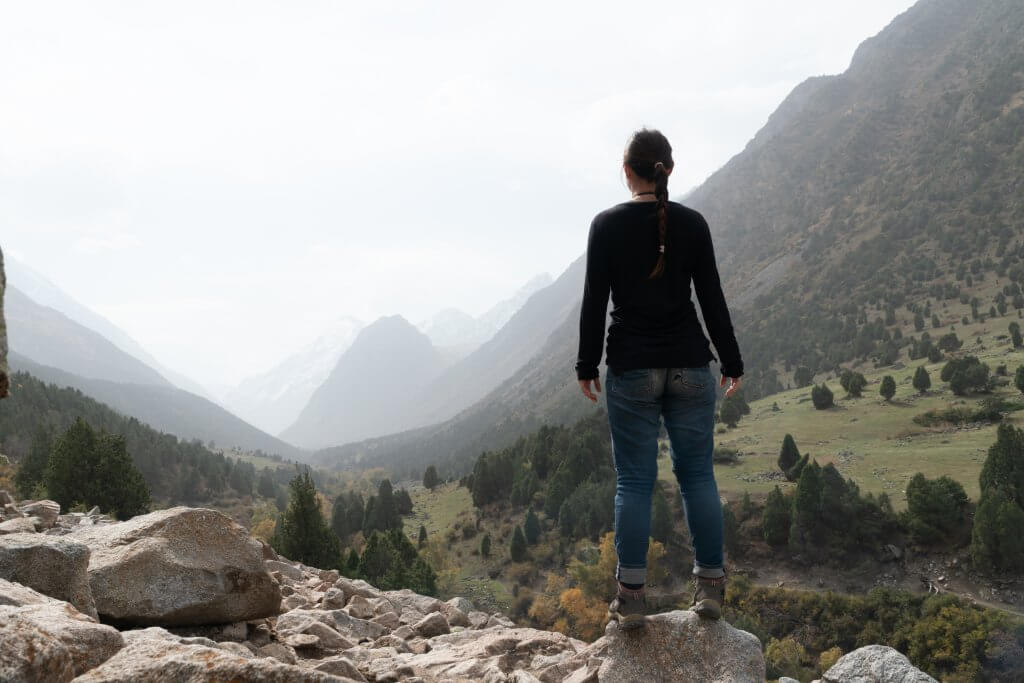
What is Mindfulness?
Mindfulness has become all the rage in recent years. After a series of studies helped prove that it can make people be happier and healthy new courses, trainings and teachers started to pop up everywhere.
And I’m glad they did. Years ago, I took an 8-week Mindfulness-Based Stress Reduction course that drastically changed the course of my life. It was one of the major pillars that nudged me to explore my inner self in more depth and with less fear.
Mindfulness has two major aspects:
- Being present with the now
- Accepting what you find in the present moment
Let’s explore each one of those.
Being Present
Many of us live our lives without ever becoming conscious of the thoughts that run through our minds. We allow our minds to chatter incessantly without ever considering the impacts of this chatter. Or even less, the fact that we can control it.
We assume that having to listen to these thoughts, or worse, assuming that these thoughts define us, is a normal part of life.
But it doesn’t have to be.
I know. It’s shocking, but it’s true.
They say that about 80% of our thoughts are negative and about 90% of those thoughts are repetitive. We just constantly keep thinking the same negative thing over and over and over… We never stop it because we don’t even know it can be stopped. And worse, we don’t realize how negatively this constant heavy chatter affects us.
Many of these repetitive, negative thoughts are reflections on the past or projections about the future. The problem is that neither of these times is real.
The Past and the Future
Our mental stories of the past are created by our memories, which are constructed only based on perceptions. With each thought of this memory, we create a new even more altered version of this story. If we’re repeatedly reflecting on an old tale from our youth, the odds are that it’s been blown up in our minds to be wildly different from what happened.
On the flip side, if we’re thinking about the future, the story is just a figment of our imagination. Allowing our minds to endlessly try to guess what might happen at a later moment is one thing, but allowing those assumptions to guide our decisions is another. Our minds don’t consider all the unpredictabilities of life. They assume based only on past events. Leading our lives based on these assumptions keeps us in a very limited box.
The Now
The present moment is the only real moment we have. Everything we experience in the now isn’t filtered by the mind’s chatter, but directly being felt by the senses. We feel the sensation of the material on our skin, smell the popcorn in the air, see the people and lights around us and hear the nearby chatter.
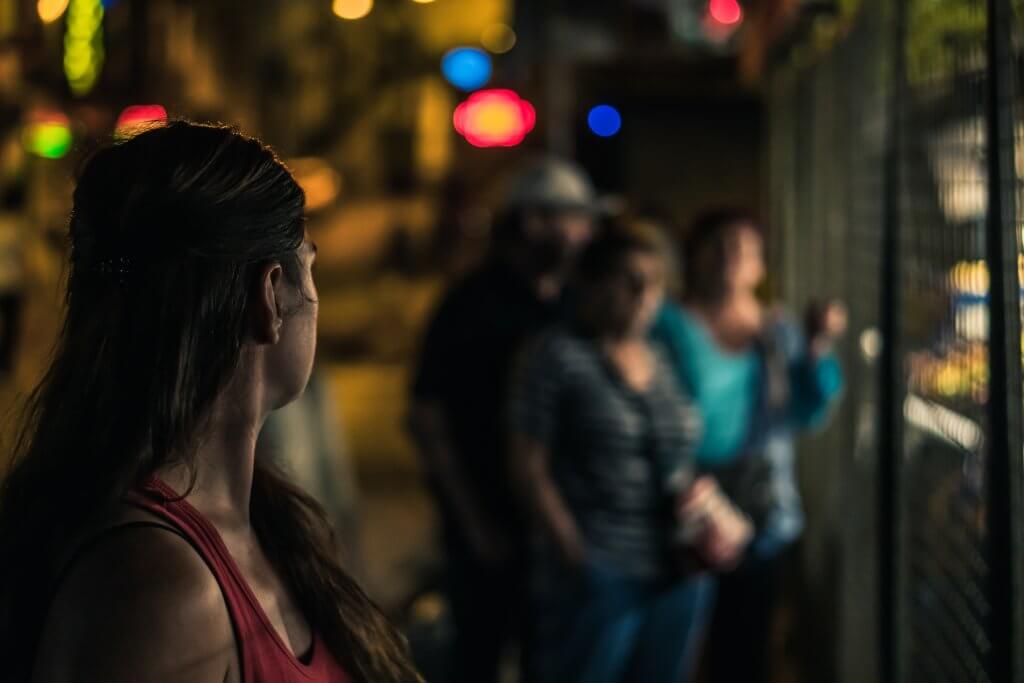
After the stimuli are taking in, the mind becomes in charge of making a story up about it. But once the mind is rambling, we lose the connection with the now. The ego usually takes over and creates a story that aligns with the identity is grasps onto.
In the present moment, thoughts can be present, but these thoughts don’t define us. They are simple ramblings of the mind. We notice the thoughts, without latching onto them.
We can also be present with feelings that exist within us, either physical sensations – like a soar knee – or emotional feelings – like a tender heart.
In the present moment, we become aware of the details of life, inside and outside of us. The passing whiff of someone’s perfume. The sight of a beautiful graffiti painting on the side of a dark bridge. The warmth from the sun on your face. The physical sensation of sadness, joy, excitement or fear.
As we’re usually so consumed by thoughts and quickly moving to the next task, we don’t notice these things.
Until we slow down and gain perspective on the value of this very moment.
Accepting the Now
Once we start becoming more aware of the things that exist in this very moment, we then need to accept what we find.
This isn’t about becoming complacent, and just accepting injustices or inequalities, but instead recognizing what we can change and what we can’t and accepting those we can’t.
We can make plans, set goals and figure out strategies to improve our businesses, our lives, and society as a whole, but once those are in motion, we need to release our attachment to the outcome.
Instead of clinging to expectations, we should instead allow each moment to be as it is.
Accept the emotions that arise. Embrace the sights, sounds, smells, taste, and feelings that appear. Notice the thoughts that wander through the mind, accept them, but release them. Stop focusing on them. Clinging onto them.
It’s this focus onto them, that gives them protagonism.
Accept that the thoughts or emotions arise and notice how quickly and effortless they’ll move on if you stop allowing your mind to cling to them.
How Mindfulness Will Improve your Life
I hope that it’s already starting to be more clear how mindfulness will help you revitalize your existence.
We haven’t been taught how to manage our inner worlds healthily. We weren’t given a class or textbooks on how to manage emotions, thoughts, hard situations or life in general. Mindfulness is the tool that can help us manage a lot of that inner stuff.
By becoming more present with the now, we start living more truthfully. We release the weight from our imperfect pasts and the pressure of what might happen in the future. Instead, we are with what is.
We exist in unison with ourselves, with others and the world at this very moment.
As we do this more and more, we notice that the present moment doesn’t drag us down like the past does or makes us anxious like the future does. Even if negative emotions arise, they aren’t filled with a lifetime of baggage. They arise, there’s no resistance to their arrival, so they leave as casually and effortlessly as clouds in the sky.

That doesn’t mean that we won’t experience pain. But we’ll stop adding layers of stories and beliefs that’ll cause that pain to be unbearable. Instead, pain will arrive and will be released as though managed by the flowing wind.
Good emotions too will flow through us just as lightly.
But as we are experiencing moments with much more depth and consciousness, we’ll find that they are often much more filled with beauty than we previously thought.
If mindful travel is something you’d like to explore in more depth, start by waking up to the now.
‘https://static.mailerlite.com/js/universal.js’, ‘ml’); var ml_account = ml(‘accounts’, ‘1759446’, ‘q2q3v9y3e2’, ‘load’);Interested in reading about mindful travel and becoming a more mindful wanderer, but don’t have time now, pin it here!
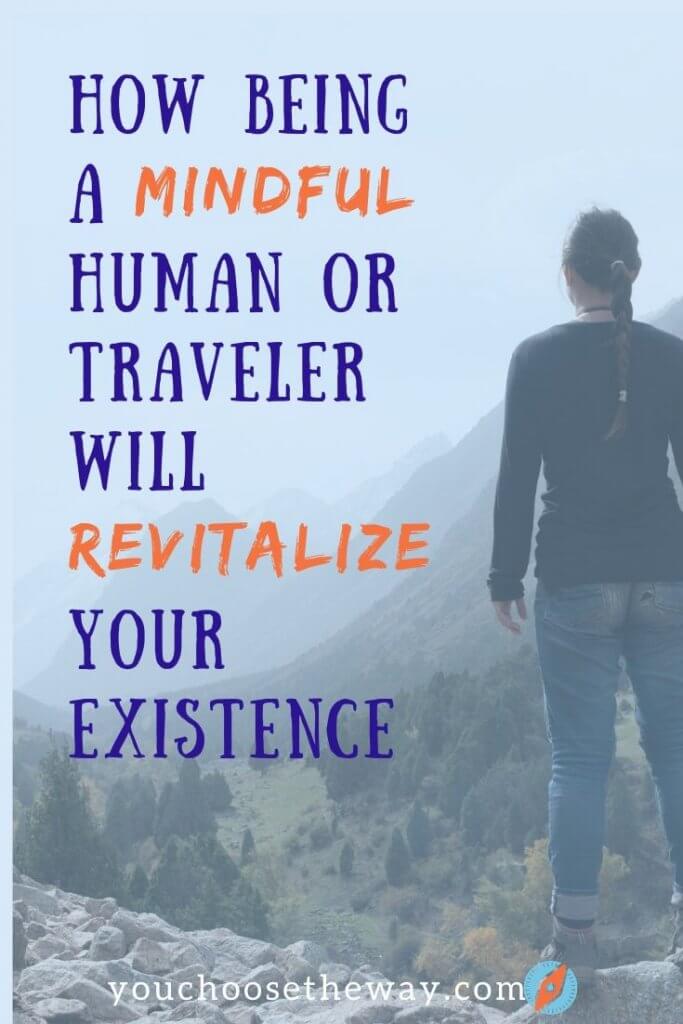
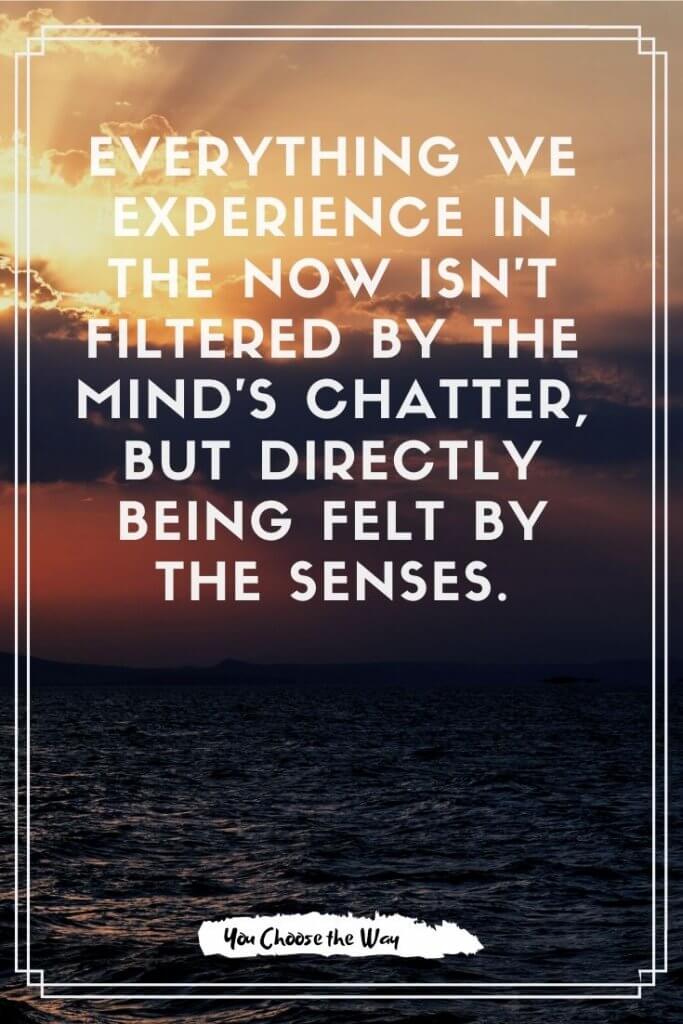
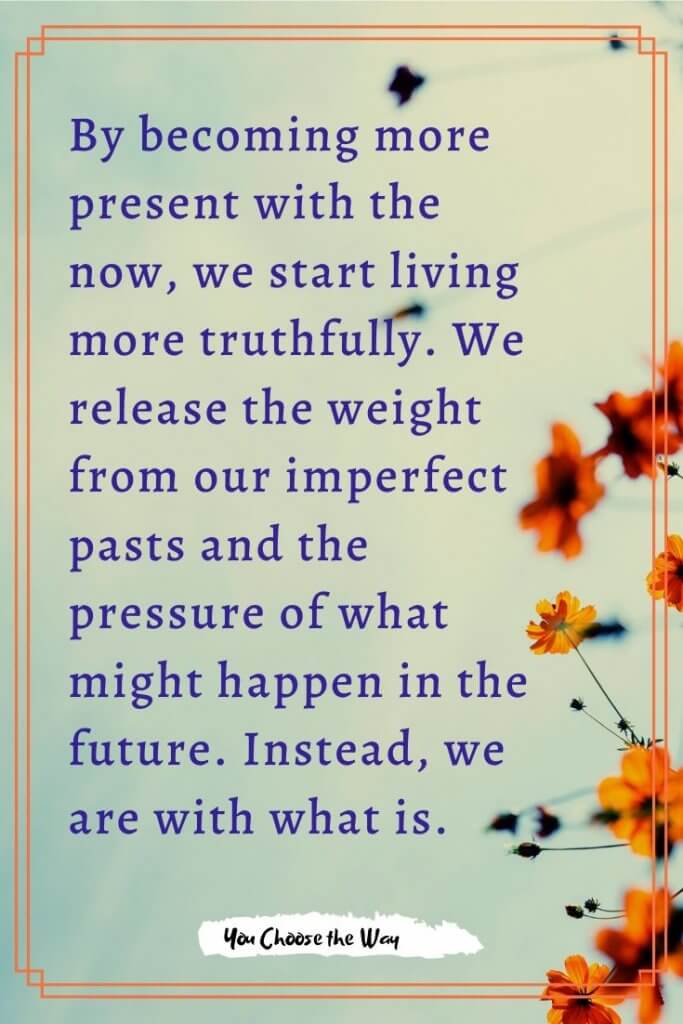
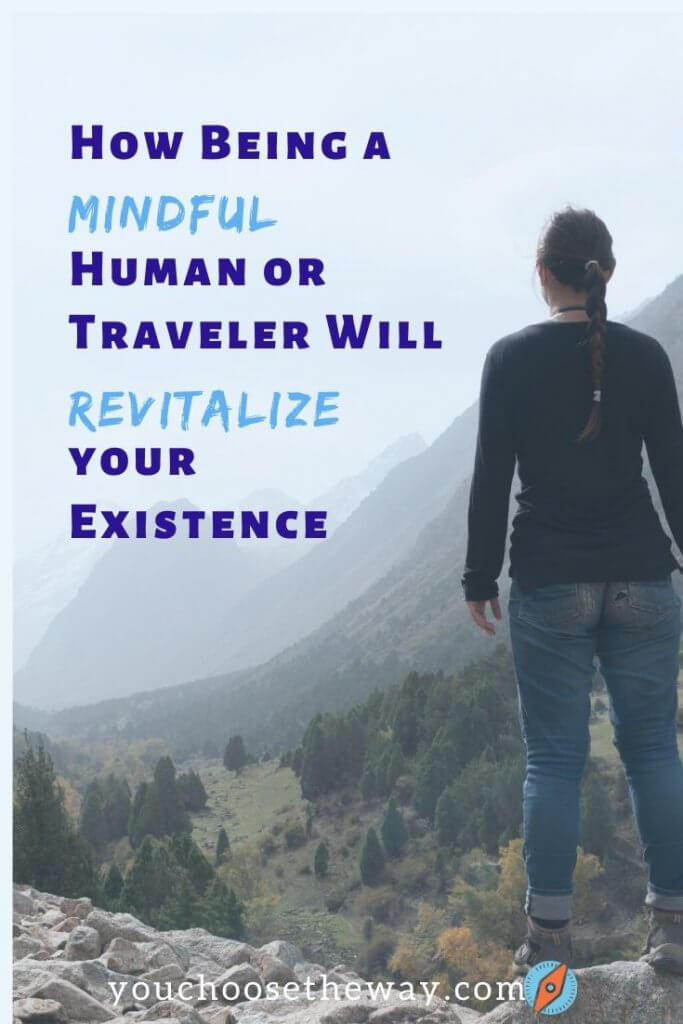
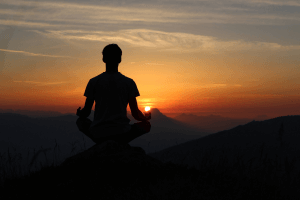


Pingback: How to Plan a Mindful Travel Adventure - You Choose the Way
Pingback: Mindful Travel; What It Is and Why Consume Destinations Differently